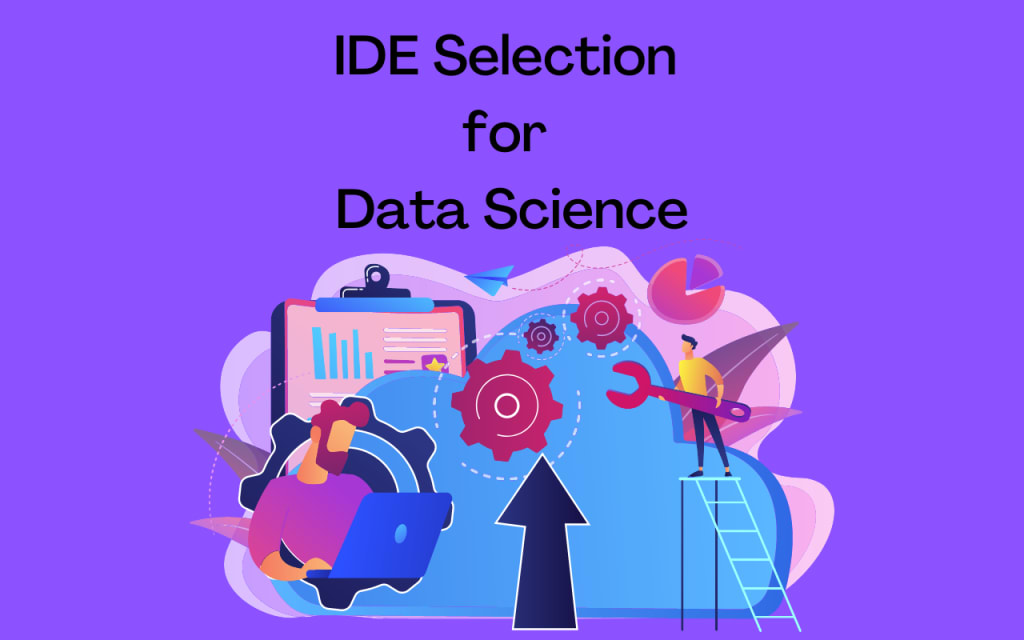
You might have heard that the future of Data Science is open source. It’s true! Open source tools mean more options, lower costs, and a better chance of collaboration with other Data Scientists around the world. But with so many IDEs and no one-size-fits-all solution, how do you know which one to choose? In this article, I’ll cover some of the best practices for selecting an IDE so that you can make an informed judgment and decision when deciding which one is right for your project.
Use an Open Source IDE

Open source is the way to go if you have a problem with vendor lock-in. Open source tools are more flexible and customizable than their proprietary counterparts.
You can use them with any language or framework, and they have a larger community of developers who can help you when needed. They also have a larger resource pool on their websites, including documentation and support forums where users can get answers to questions about setting up their toolkit.
Pick an IDE Actively Maintained

When selecting an IDE, you should pick one actively maintained and famous in the Data Science community. There are many choices, but I recommend using a free and open-source option that supports multiple languages, programming paradigms, platforms, and operating systems.
For example:
Eclipse — Open source; supports several languages including C++ and Java but not Python (but PyDev for Python)
Visual Studio Code — Free or paid for enterprise edition; supports multiple languages including Python/Django & R but not Perl/Cobol (but Padraic Brady’s Perl editor).
IDE Should Be Compatible With Your Operating System

If you’re a Linux user, you’ll want to look for an IDE compatible with Linux. If you’re a Windows or macOS user, you’ll want to ensure your IDE is also compatible with those operating systems. It’s important to note that IDEs are not limited to operating systems: Pythonista works on all platforms and does not require installing any additional software.
Compatible With Other IDEs
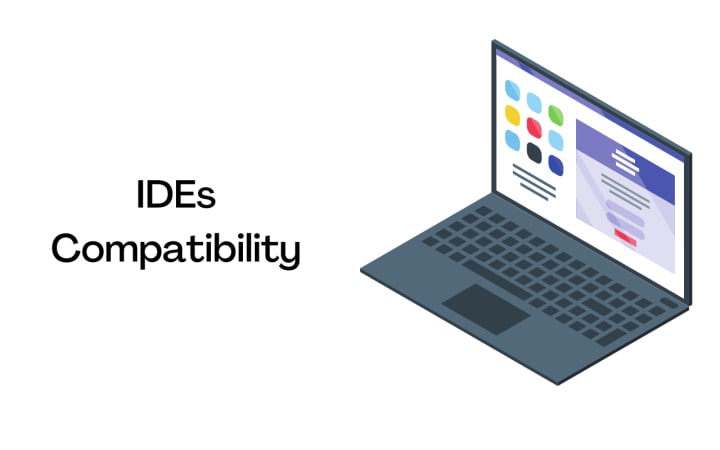
Before using an IDE, ensure it’s compatible with other IDEs. If not, you may possibly be missing out on some great tools for your data science workflow.
IDEs aren’t the only way to do data science. If you don’t need an IDE and want a command line tool, that’s fine too. But if you need an IDE and can get one that fits into your workflow and is compatible with other IDEs, then goes ahead and use it.
IDE Compatible With Your Programming Language(s)
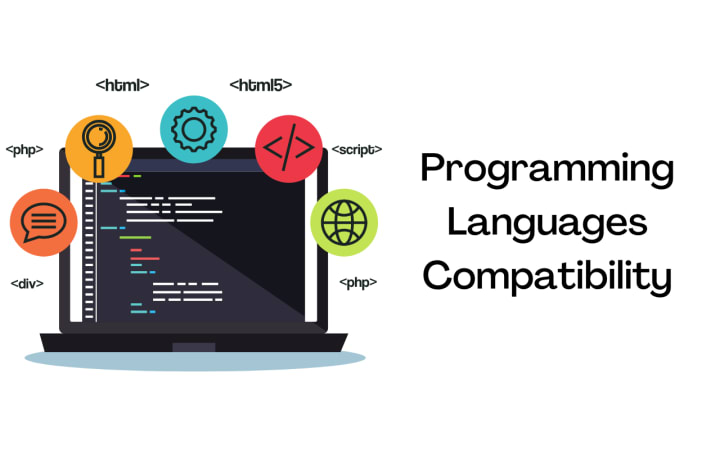
In addition to Python, many IDEs are compatible with other programming languages like C++, Java, and R. If you already know how to code in one language and want to learn another, then an IDE can be beneficial for this purpose. For example, suppose you’re learning R (a popular data science programming language). In that case, an IDE can help you understand its syntax while reminding you of your previous language(s) commands.
Additionally, some IDEs support multiple languages at once. This is known as a multi-language environment (or “MLE”). When learning new languages in MLEs, such as PyCharm or RStudio Code, two of the most popular MLEs on the market today, it’s easy for developers who already know about 20 different languages to make mistakes. It is because they think about them differently than usual due to their familiarity with other similar syntaxes within those same MLEs (e.g., writing “print” instead of “println” when using Python).
Compatible With Data Science Libraries and Frameworks

In addition to being compatible, the IDE should also support your development environment. For example, the ideal data science IDE will:
- Support your programming language and libraries
- Provide support for data science libraries, such as Pandas.
- Provide support for machine learning libraries, such as TensorFlow
- Provide support for data visualization libraries
- Provide support for version control, such as Git
Clone Environments Using Docker
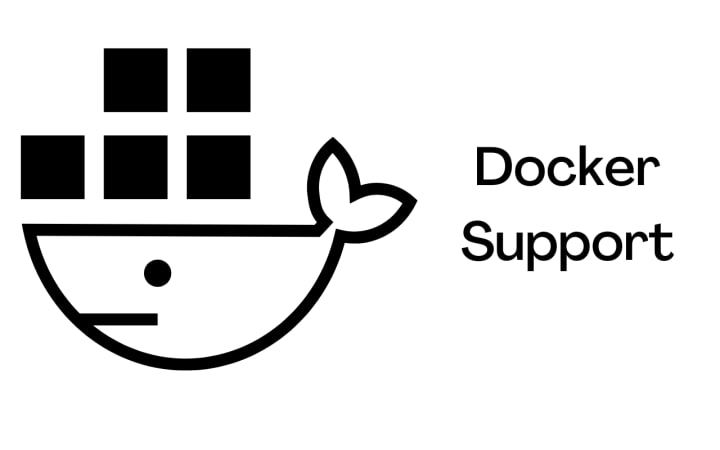
Commercial software that allows you to create Docker images is beneficial. However, if your IDE does not support Docker, it is not a good fit for Data Science.
Docker is an open-source platform for managing containers. It allows you to create a virtualized environment for your code and copy it across machines, which can be helpful if you are on different operating systems or using different versions of Python or R. If the IDE supports Docker containers, then you will be able to clone them from one computer to another without having to reinstall all of your tools or libraries every time you change computers.
Take Advantage of Continuous Integration
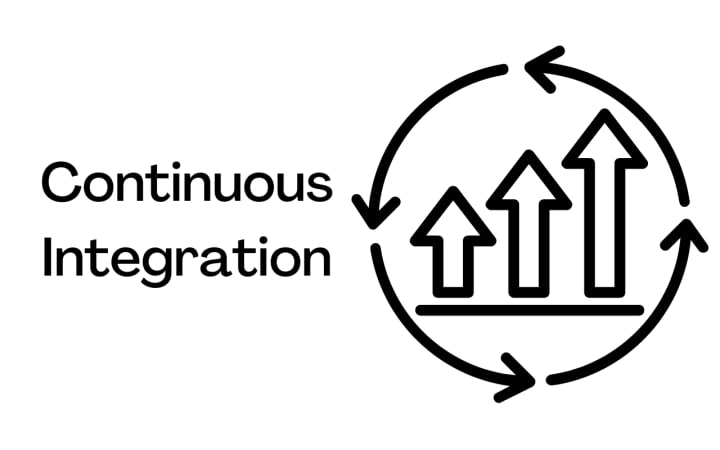
It is a development practice in which all developers’ code changes must pass automated tests to ensure that the code can be compiled and run without errors. It’s an excellent way to identify problems early in the development process, which means it will save you time by avoiding maintenance problems down the road.
Carefully Consider Which IDE Will Work Best for Your Needs & Workflow

Choosing the right IDE for data science is an important decision. An IDE is a tool that allows you to have access to all of your most frequently used tools and packages without having to switch constantly between them. These tools typically include an integrated code editor, terminal window, file system browser, debugger, etc.
IDEs are extremely powerful because they let you work with software much more quickly than if you had to switch between programs whenever you needed a specific function. They also allow you access to a wide variety of information about your projects in one place (like how many times certain functions have been called or which files contain errors).
The best way to decide which IDE will work best for your needs is by carefully considering what workflow works best for you and what types of tasks you want the toolset to help guide through completion.
Conclusion
Data Science is a field that is fast-growing, and the number of options for IDEs is increasing every day. As new tools continue to emerge, keeping an eye on what they offer and how they fit in with your existing workflow is essential. By choosing an IDE that perfectly matches your preferences and needs, you can ensure that your development process will go smoothly every time.
Article originally published on Medium: https://medium.com/@HassanFaheem/how-to-select-an-ide-for-data-science-2e44f876cb34
About the Creator
Hassan
I'm a data scientist by day and a writer by night, so you'll often find me writing about Analytics. But lately, I've been branching into other topics. I hope you enjoy reading my articles as much as I enjoy writing them.
Reader insights
Outstanding
Excellent work. Looking forward to reading more!
Top insights
Easy to read and follow
Well-structured & engaging content
Expert insights and opinions
Arguments were carefully researched and presented






Comments
There are no comments for this story
Be the first to respond and start the conversation.